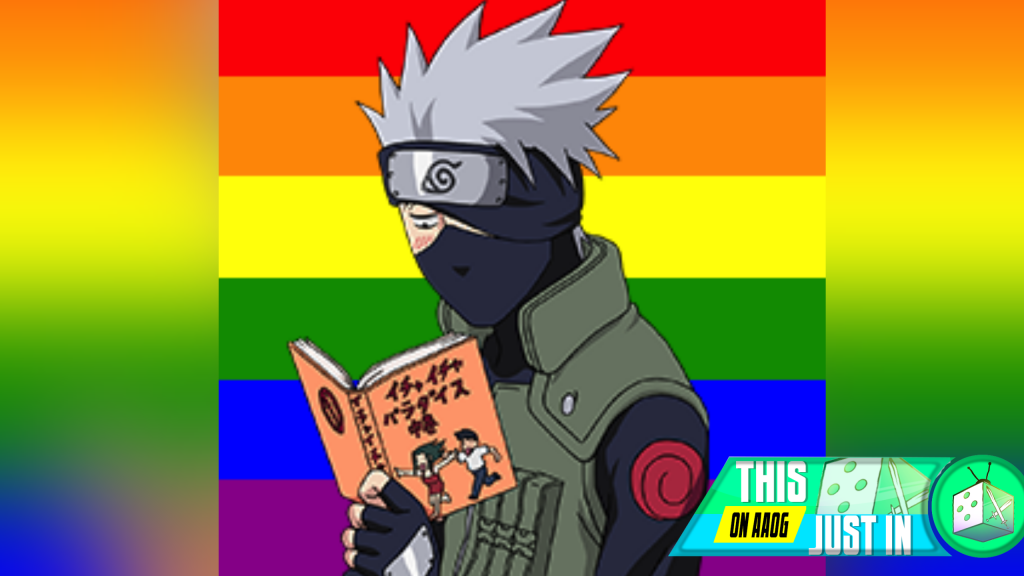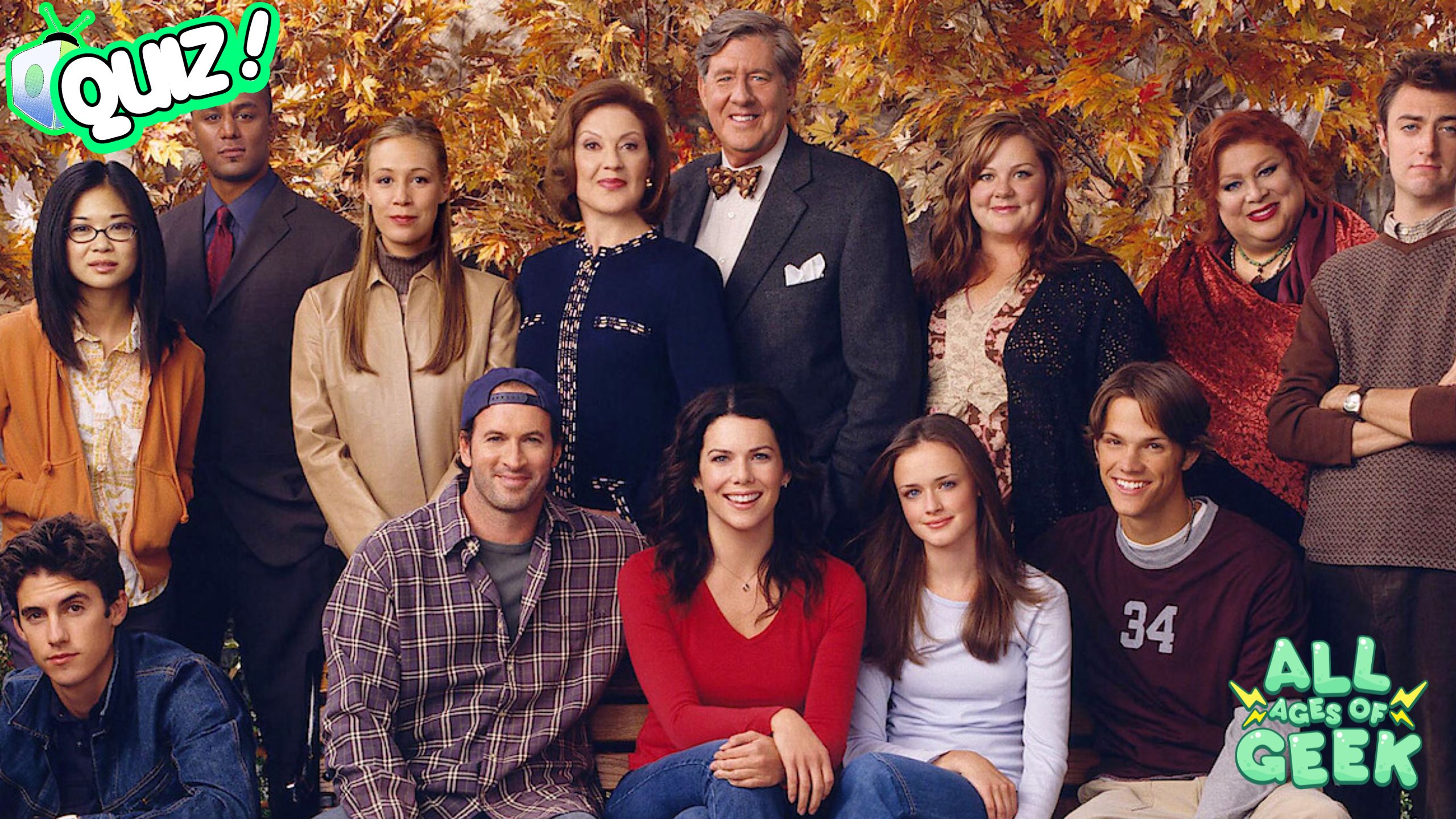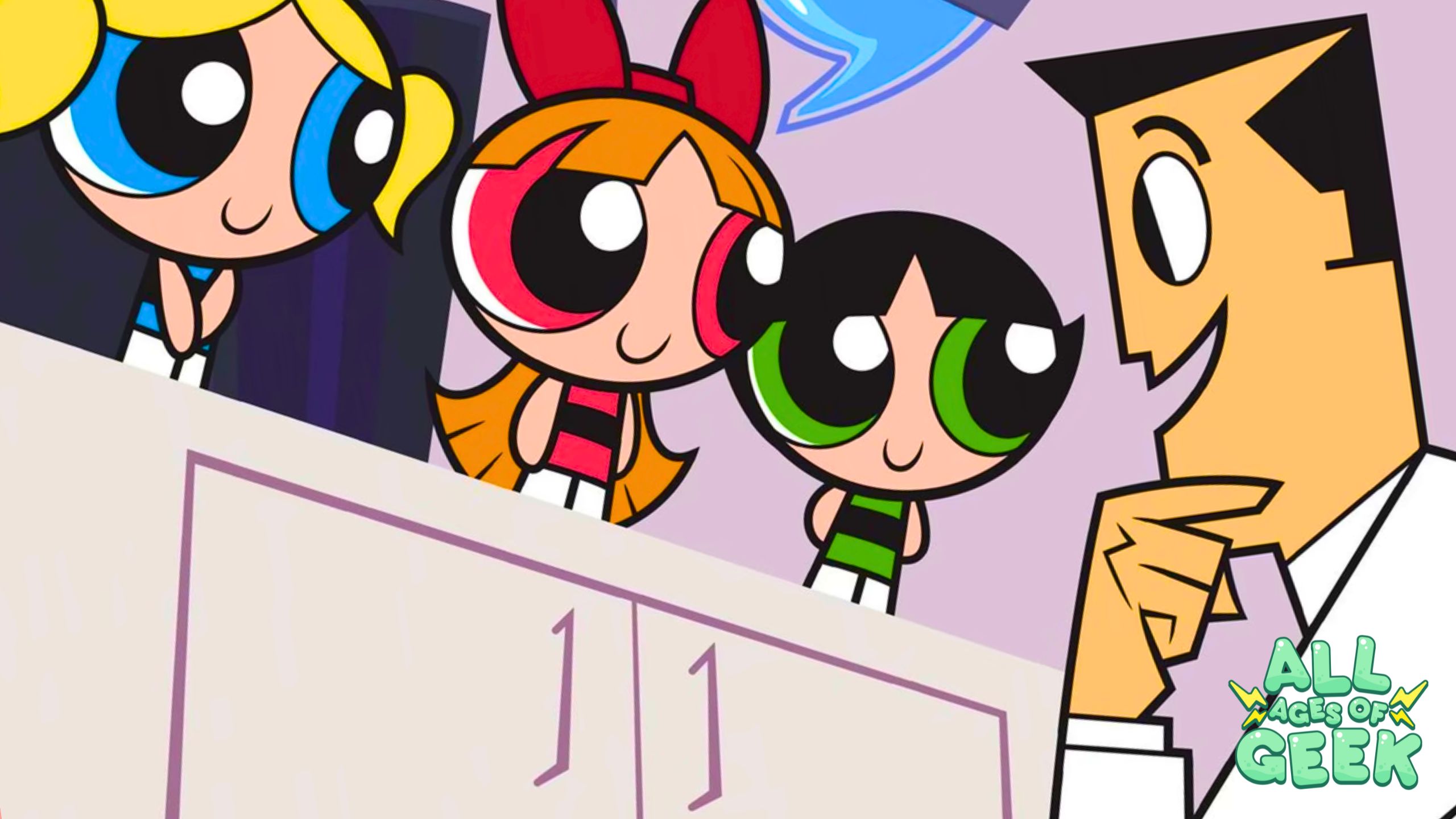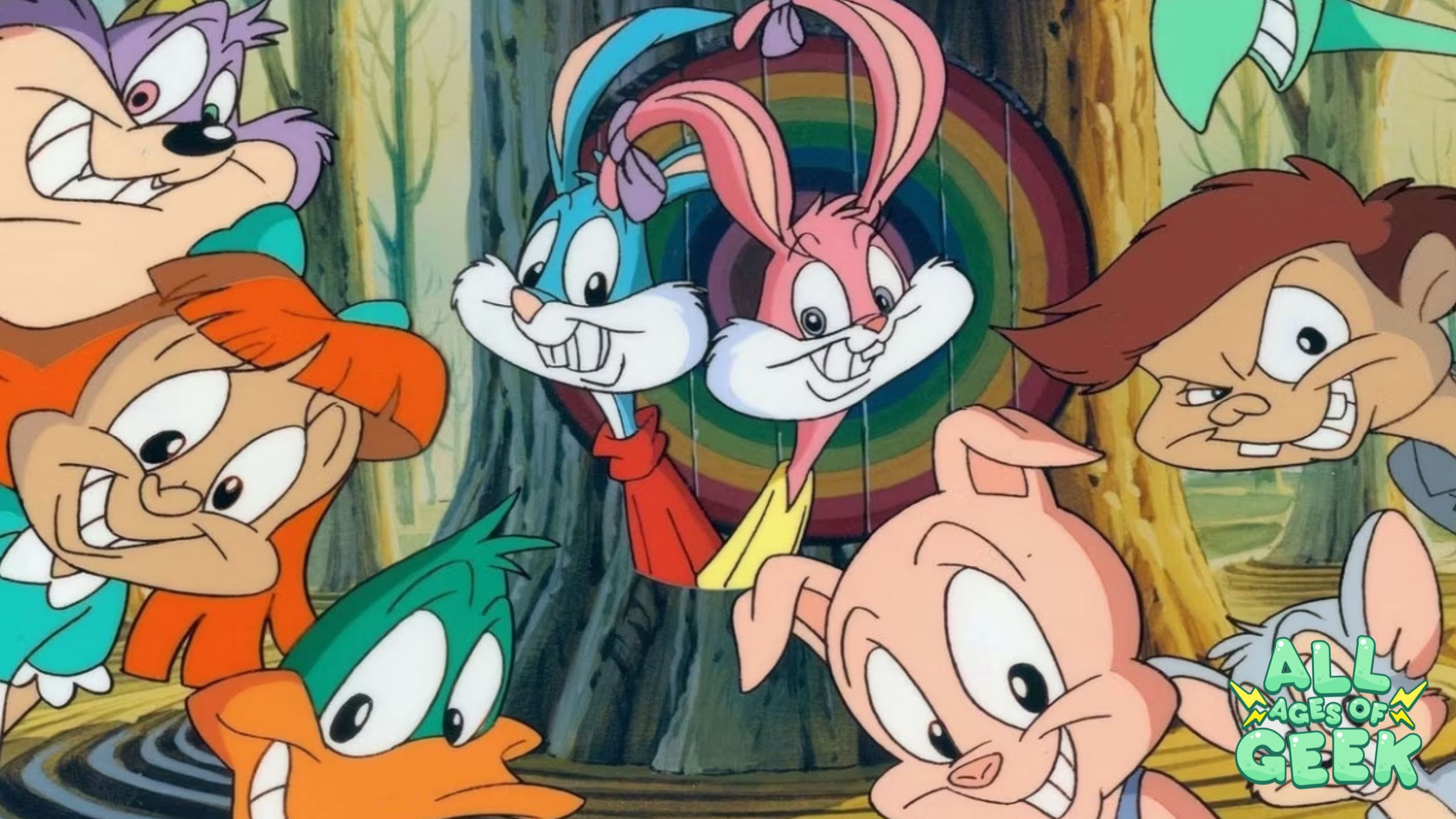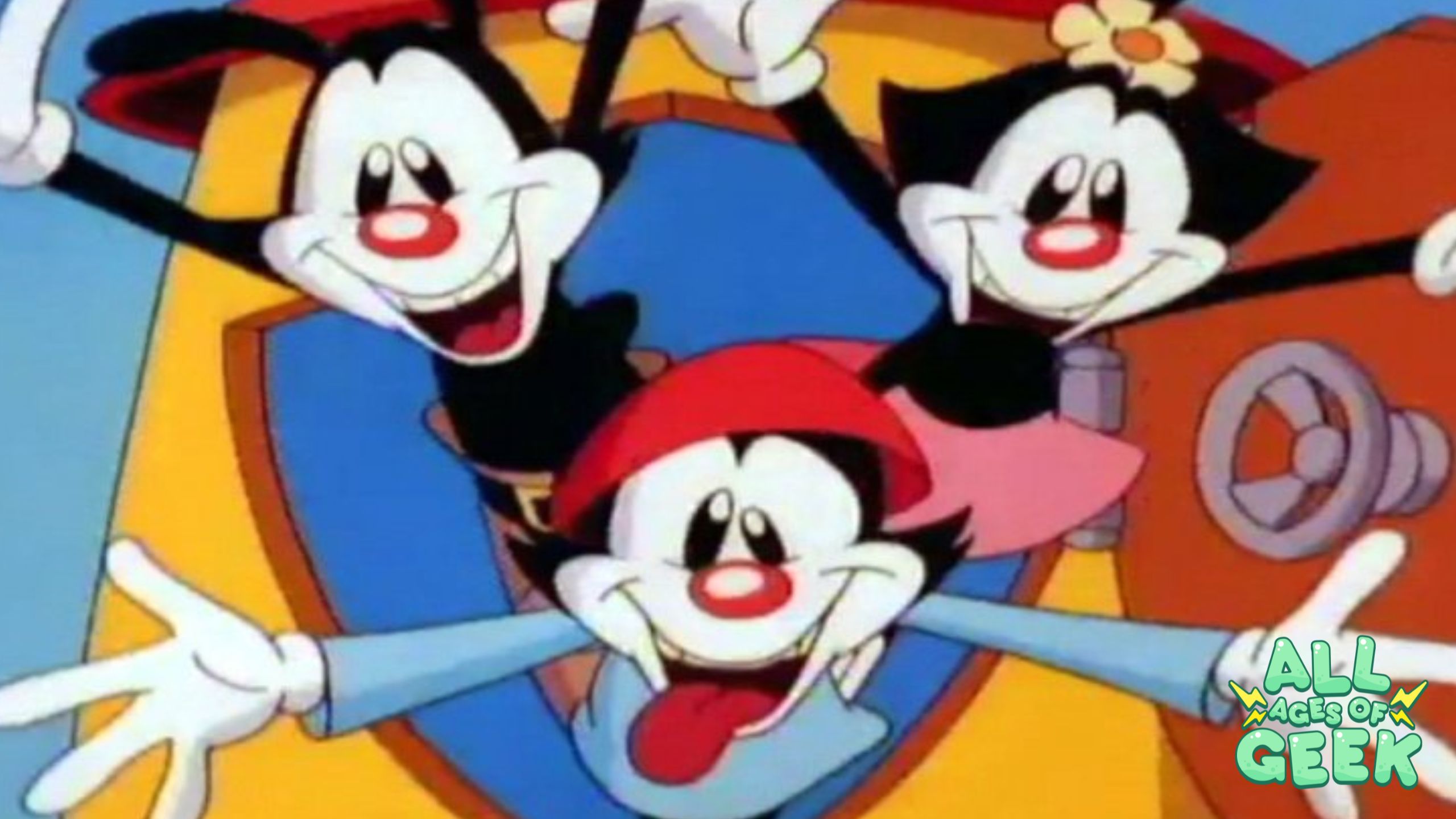Ah, lovely June, the glorious month of PRIDE:
One part political activism, one part celebration, the whole month is dedicated to supporting LGBTQ rights and uplifting LGBTQ+ culture, as allies and individuals of the community around the globe all gather and celebrate the diversity of human sexuality, gender identity, and love. June was designated as the birth of Pride over half a century ago when the Stonewall Uprising took place on June 28, 1969. This year marks the 51st anniversary of the first Pride Parade since 1970, a year after the gay liberation movement, in commemoration. As per longstanding tradition, the entire month usually features a plethora of high-spirited events including colorful parades, peaceful marches, drag performances, live theater, and memorials for those who were lost in the HIV/AIDS crisis. However, the Pandemic has cancelled the majority of the big in-person events. While some marches have been set to proceed as normal (in small, local areas under the permittance of certain States), unfortunately, we are due for a quieter Pride for the second year in a row.
But no matter, my queer geeks and allies!! This does not, by any means, have to mean that all celebrations are canceled – we can still give visibility to the LGBTQ community in our own way, even without all the spectacle and parades (no matter how fun they would have been after a year of isolated quarantine)!
In accordance with small celebrations at home, I think one of the best ways to partake in Queer culture is through the art of storytelling. This year, I’m recommending manga with LGBTQ centered stories for the occasion. Focusing mainly on the topics of coming out, relationships, and conflicting self-identity and social identity, these three mangas are must-read LGBTQ coming-of-age stories for teenagers and adults alike.
3. Blue Flag by KAITO
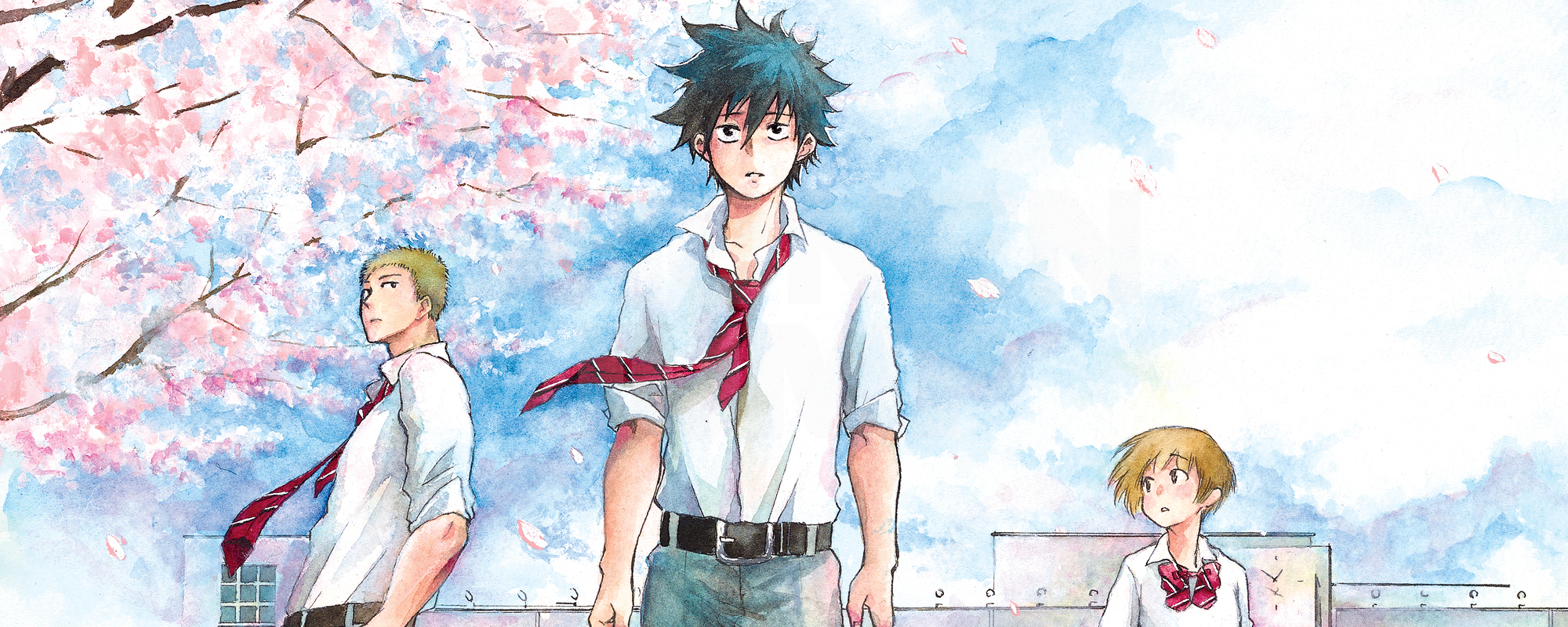
Synopsis
The third and final year of high school. The future is uncertain, but Taichi Ichinose is certain of one thing: he and his popular childhood friend, Touma Mita, couldn’t be any more different. Taichi and Touma find themselves assigned the same homeroom their senior year, but Taichi is resolute in keeping his distance and wallowing in his inferiority complex. Plans go awry, however, when Taichi begins to interact with a shy classmate named Fubata, who confides in him her crush on Touma. Despite his reservations over her clumsy demeanor, Taichi agrees to help her in her love endeavors, acting as the go-between for her and Touma. He unintentionally finds himself entangled in an uncertain love triangle of epic proportions when he falls for her along the way. But as his classmates’ lives and relationships continue to intersect and tangle in a myriad of ways, hidden secrets unravel beneath questing emotions, and Taichi slowly comes to realize, he might not know Touma, nor himself, as well as he thought he did.
Background and Reception
Blue Flag was serialized weekly in Shonen Jump+, the web edition of Shonen Jump. The series ran from February 1, 2017, to April 8, 2020. In 2017 at the Tsugi no Kuru Manga Awards, Viz Media announced 2019 that they had licensed the manga to be published in English. Its publication ran from April 21, 2020, to June 15, 2021.
In 2017, Blue Flag won third in the Tsugi no Kuru Award’s web manga division and was nominated as a finalist in the 41st Los Angeles Times Book Prizes’ graphic novel category. In 2021, Blue Flag made it among the Top Ten titles of the Young Adult Library Services Association’s “Great Graphic Novels for Teens” list. [via myanimelist.com]
Although its ending was received with mixed reviews, some being of the opinion that its conclusion felt far too rushed, Blue Flag still stands as a quintessential piece of modern Queer media. The manga deals with hard-hitting topics, such as homophobia and ostracization upon being outed, within the already tumultuous landscape of high school transitioning into adulthood. KAITO gives us incredibly in-depth portrayals of LGBTQ characters, thought-provoking conversations about discrimination, and a nuanced look at internalized homophobia. Also, the fact that the manga wasn’t categorized as a “yaoi,” was serialized by Shonen Jump – one of, if not the most, popular manga magazines – and marketed toward a demographic of boys, reveals the immense steps LGBTQ media has been making toward mainstream acceptance. Blue Flag marks itself as an LGBTQ landmark of its time. [via CBR.com]
2. Our Dreams at Dusk by Yuhki Kamatani

Synopsis
Tasuka Kaname is the new kid in town, which is already hard as it is, but to make matters even more difficult, Tasuka Kaname is not like other kids. He harbors a secret: Tasuka Kaname is gay. But now, to his horrific fear, he faces a reality in which he may have been forcibly outed. Unable to deal with the potential implications, Tasuka stands on the verge of taking his own life. Just as he’s contemplating doing the unthinkable, a mysterious woman intervenes and “saves” him. Appearing to be magical and known only to him and everyone else as “Anonymous,” she leads Tasuku to a community of people dealing with problems similar to his own.
“In this realistic, heartfelt depiction of LGBT+ characters from different backgrounds finding their place in the world, a search for inner peace proves to be the most universal experience of all.
‘While manga frequently portrays the characters in yaoi/yuri (“boys’ love”/“girls’ love” genres) in a fetishized light, this series takes a refreshing turn, and the high-quality art makes it a potential breakout for broader audiences.’ – Publishers Weekly (starred review)” [via Sevenseasentertainment.com]
Background and Reception
The reception for Our Dreams at Dusk was overwhelmingly positive. The critical success it amassed has propelled its notoriety far into mainstream media circles. It has, since its first publication, achieved international acclaim and was even nominated in 2019 for Best Manga at Harvey Awards. Aside from its beautifully metaphorical art, the series has especially been praised for its realistic discussion of LGBTQ issues and nuanced portrayal of the LGBTQ community. Our Dreams at Dusk has been described as a crucial coming out tale for Japanese youths that provides a far more realistic view of life for a lot of LGBTQ folks in Japan than other manga series currently, as said by Erica Friedman (the founder of Yuricon) and Rachel Thorn (an associate professor in the Faculty of Manga at Kyoto Seika University) in their separate, but equally glowing reviews of the manga. Yuhki Kamatani’s explores LGBTQ themes in their other works as well, most notably with the tear-jerker Nabari no Ou, but this story feels delicate and deeply personal, a feeling that is impossible not to notice. It comes as no surprise then that Yuhki Kamatani, the mangaka, openly identifies as asexual and X-gender, has stated the series draws heavy inspiration from experiences in their own life. [via Wikipedia]
…
And now finally…last but not least, one of my personal favorites:
1. Smells like Green Spirit by Saburō Nagai
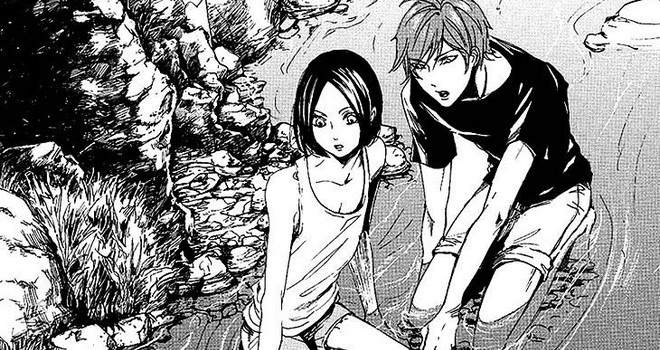
Synopsis
Somewhere in a rural town in-the-middle-of-nowhere Japanese countryside, Mishima, a teenage boy with long hair, is ruthlessly bullied by his classmates who suspect him of being gay. Mishima never retaliates but finds solace in cross dressing at night using his mother’s makeup products. One day, he drops a tube of lipstick at school, and to his disbelief, one of his tormentors picks it up…and uses it?!
My Thoughts
Though by far the most obscure of the three, Smells Like Green Spirit certainly holds its own among some of the best LGBTQ manga out there (in my humble opinion). I first read this two-volume manga nearly six years ago now, and to this day, I still find myself moved to tears by the sheer rawness of this story. Fair warning though, this story is not for the faint of heart. If you’re looking for a feel good story with clearly defined gender identities and labeled sexualities…well, this is not that type. The manga does not shy away from the darker, more triggering thematic elements that can be associated with LGBTQ+ stories, such as homophobia, violence, predatory assault, and repression. And though the narrative hints at transgender identity, it never clearly defines it (which I find points more to the narrative’s raw honesty than to it being negligent but more on that later). If, however, you are not put off by the more psychologically unsetting type of narratives, then I strongly urge you to give this read a chance.
I have to be honest and admit that I was initially thrown when I began reading this manga. To give you context, this series is technically labeled as a “yaoi,” unlike the previous two series mentioned on today’s list. Don’t let that fool you like it fooled me; Smells Like Green Spirit is far from what would typically be categorized as “yaoi/BL.” First off, the story throws tonal consistency out the window: the art style looks as erratic as its story beats, often jumping from being deadly serious, to ridiculously comedic, to downright psychologically horrifying in a matter of frames. But that is perhaps what gives Nagai’s story such a feeling of brave honesty. Nagai seeks to unleash all the intricacies of human emotion, and illustrate them plainly on her characters’ faces. Especially in as tumultuous of a time as adolescence, emotions and existential crises tend to run ever the higher. Nagai leans into this with her art and her narrative, framing her story with a rawness that is both brutal as it is fragile. There is a true sense of discovery and gut-wrenching pain as the main characters delight in their newfound kinship and inevitably despair at the cruel narrow-mindedness of the world.
Nagai never gets extensively specific about labeling her characters’ gender and sexuality. While this can usually come across as abrasive and or negligent in some regard, Nagai does this to illustrate the small-mindedness of a rural landscape and a general lack of access to progressive information. It makes sense also, given the characters are only uncovering these parts of themselves without any text or literature to aid their way. They must describe their desires in the most basic of terms: how they feel and what they want. The lack of labels further adds to the honesty of the piece: it truly reads as a snapshot in time of innocent self discovery and true kindred friendship. Nagai also touches on the long lasting negative consequences discrimination can have on a person’s psyche, spanning across generations and destroying lives one after another in a domino effect.
Smells Like Green Spirit is neither a perfect tragedy nor it is a perfect comedy; but it does includes elements of both. In weaving them together, Nagai crafts an intricate story that is both heartbreaking and endearing. It’s a lot like life.
Have a tip for us? Want to discuss a possible story? Need coverage? Please send an email to [email protected].
T. Wu is a contributing writer at All Ages of Geek. You can follow T. on Instagram @kata_the_clown.


